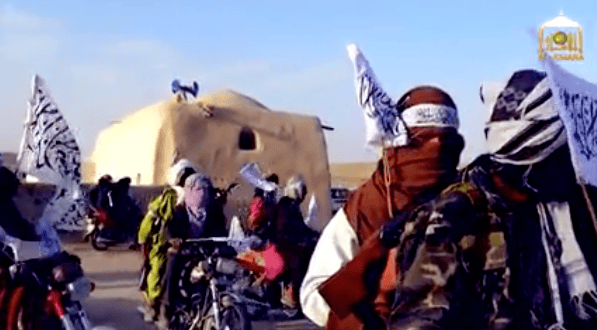
Taliban overruns military bases in Uruzgan’s capital and Faryab
The Taliban continues to press its successful attacks on the Afghan security forces even as they withdraw from more remote areas to defend more populous areas.

The Taliban continues to press its successful attacks on the Afghan security forces even as they withdraw from more remote areas to defend more populous areas.
The US military’s repeated attempts to spin the Taliban’s victory in Jawzjan as its own only serves to demonstrate just how eager it is to manufacture successes in Afghanistan when they are few and far between.
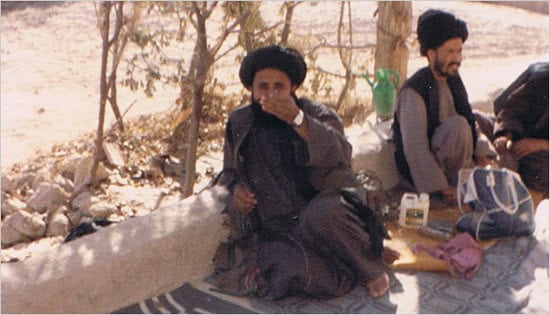
While many officials and analysts are hopeful that Baradar can influence negotiations between the US and the Taliban, it is highly unlikely that he will be able to influence the current crop of Taliban leaders, who have waged a successful insurgency and control more ground in the country since any point during the war.
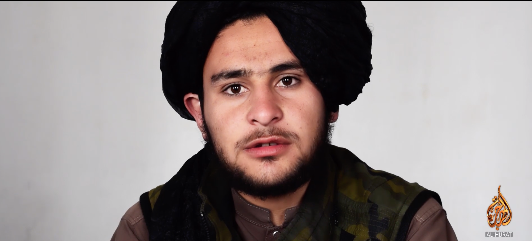
The US military and Resolute Support have yet to identify Raziq’s assassin as a member of the Taliban, let alone acknowledge that he trained in a Taliban camp.
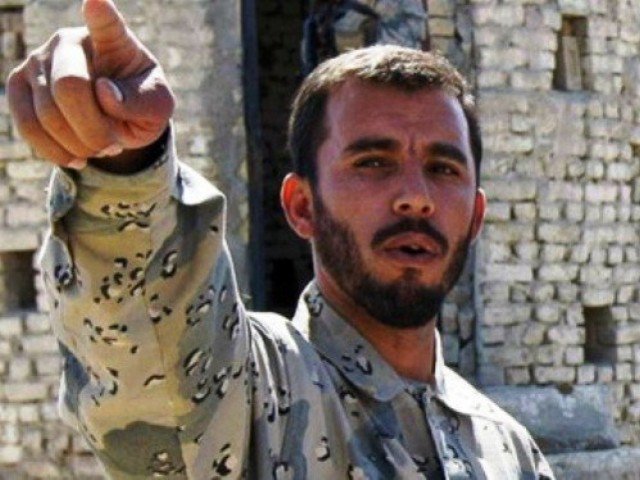
General Miller, the commander of US and NATO forces in Afghanistan, was present at the meeting but was not wounded. The the governor of Kandahar and the head of the province’s National Directorate of Security were among those killed. The assassination of Raziq is a major blow to the Afghan government. He was arguably the most powerful player in the Afghan south and a stalwart ally of the US, and he may not be easily replaced.
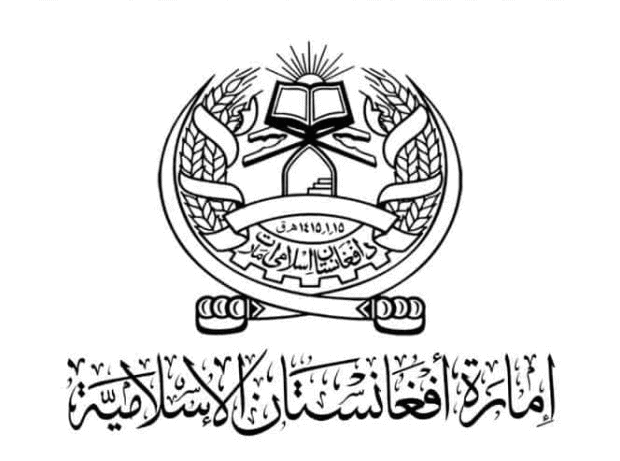
While the Taliban’s claim of controlling districts in Samangan and Paktika cannot be independently verified, the group has proven to be accurate when reporting on the status of districts.
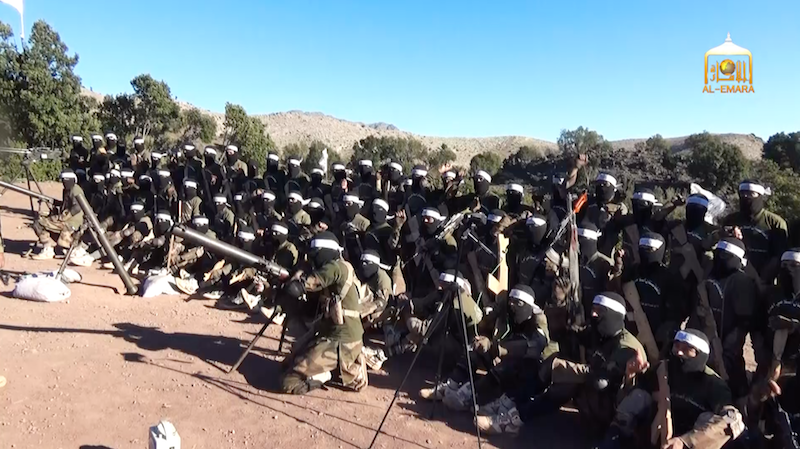
Scores of Taliban recruits train in broad daylight at the Abu Ubaidah bin Jarrah Training Camp.
Taliban has been active in the eastern Afghan provinces of Wardak, Paktia, and Ghazni over the past several days and killed the chief of police for Sayyidabad district.
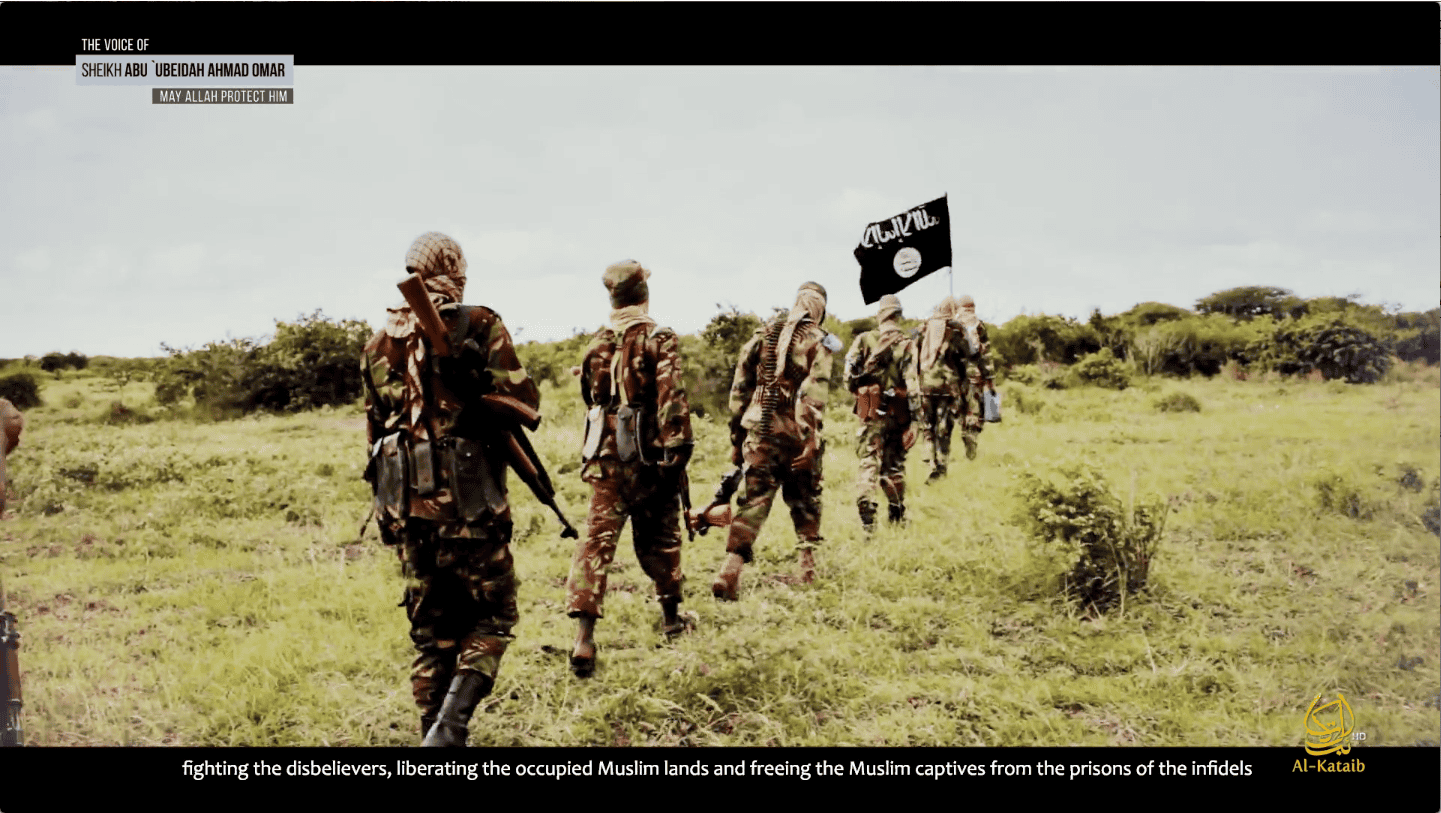
Al Qaeda’s branch in East Africa “still maintained control over large portions of the country” and “retained the ability to carry out high-profile attacks” in 2017 despite increased targeting by the US military, the African Union, and the Somali government.
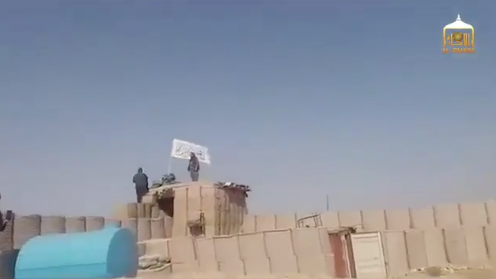
Yet again, the Taliban has another propaganda video that shows its fighters occupying a military base and several security outposts in broad daylight without fear of being targeted by Afghan or Coalition air or ground power.
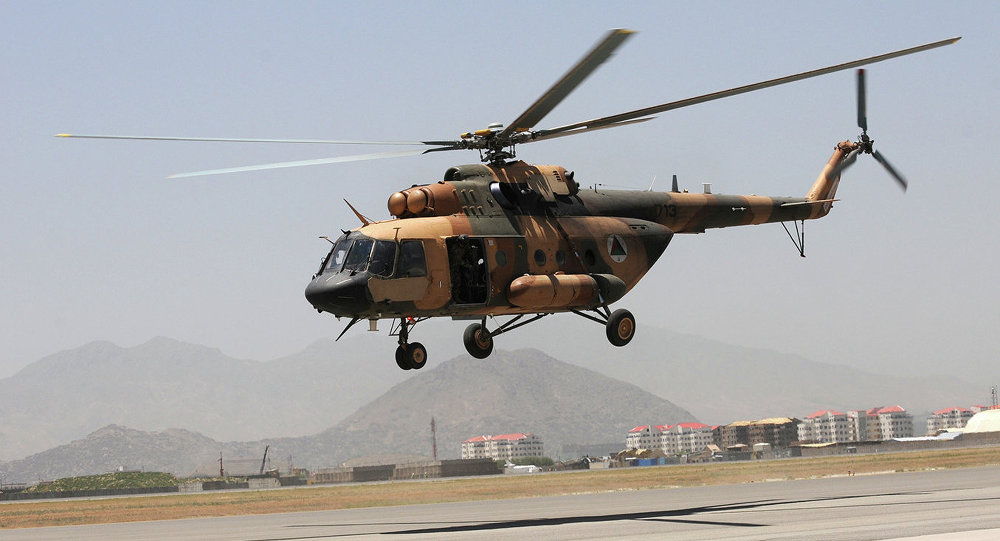
The Afghan military was either unable or unwilling to secure the crash site and recover the bodies of its soldiers at least 10 hours after the helicopter went down.
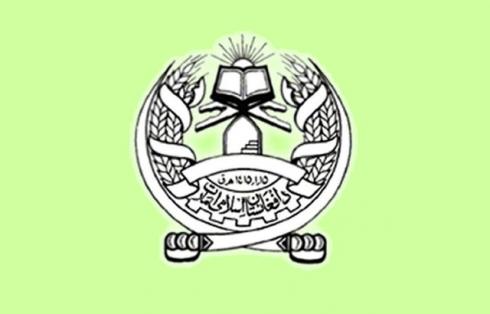
The Taliban has released yet another video showing their fighters gathering in the open after overrunning a military base without fear of reprisal from NATO or Afghan warplanes.

The Taliban overran the Kham Ab district center in Jawzjan province in the last 24 hours as the group continues to pressure Afghan forces in the north.
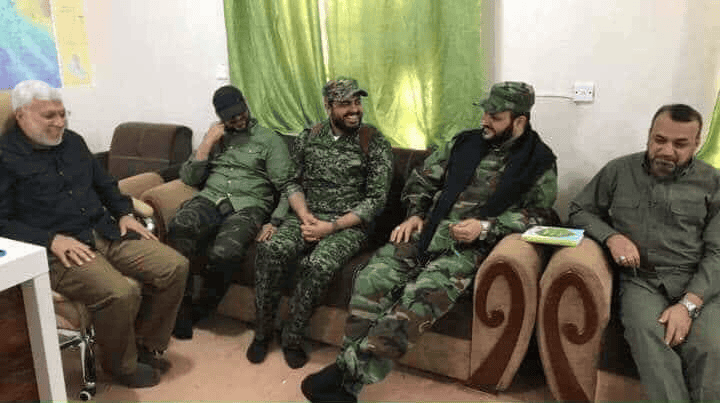
Iran has its tentacles all over Iraq, and the United States has no one to blame but itself. It is a bipartisan failure dating back to the March 2003 invasion. The seeds of this failure can be seen in the interrogation transcripts of Qayis Khazali, the leader of the Mahdi Army’s Special Groups and Asaib Ahl al Haq.

Jalaluddin fought the Soviets, served as the Minister of Frontiers during the Taliban rule of Afghanistan from 1996-2001, was a member of the Taliban’s Quetta Shura, or governing body, and father of Sirajuddin Haqqani, one of the Taliban’s two deputy emirs and overall military commander.
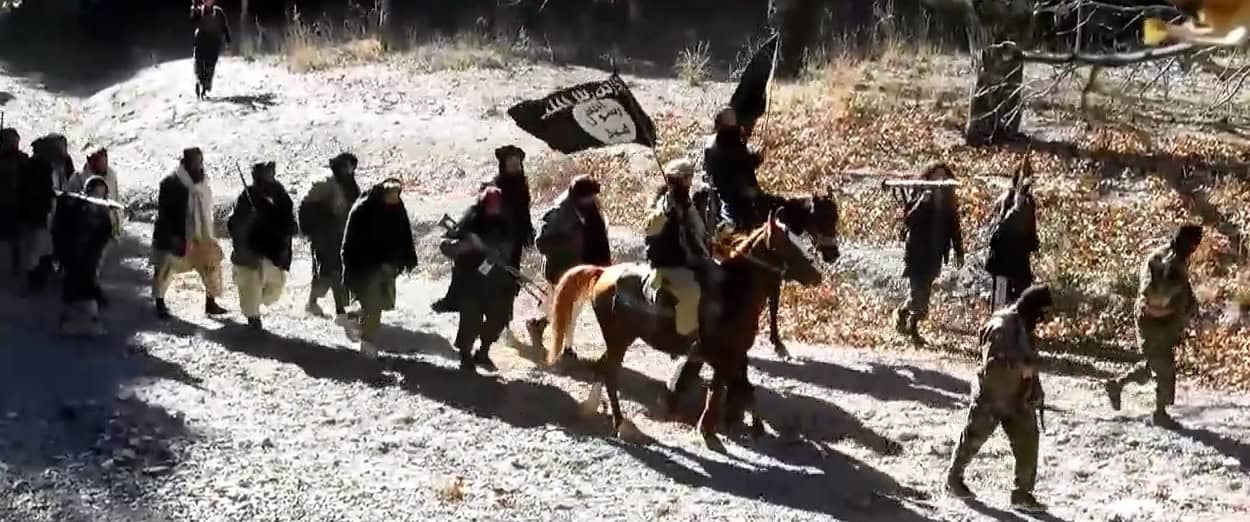
The press release that announced Orakzai’s death said that he “is the third Islamic State – Khorasan chief killed in 25 months.” However, that is incorrect. The US military has announced the death of four Khorasan province emirs since July 2016.
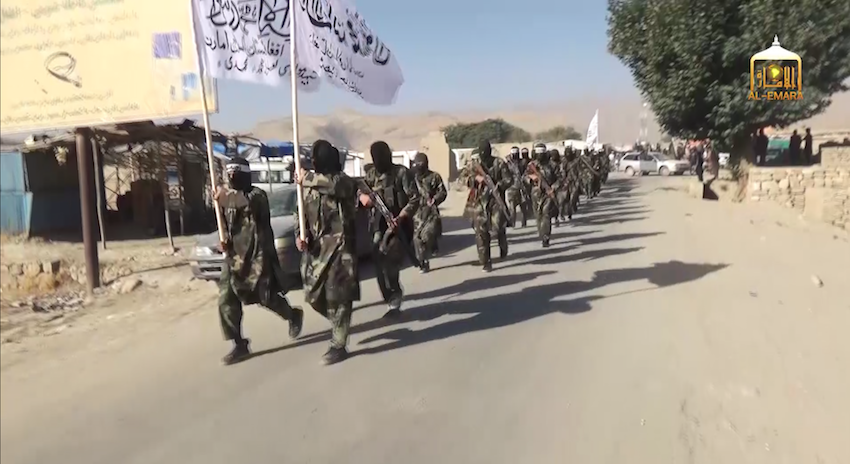
Afghan military officers said there are no problems in Faryab and that the abandonment of the bases was all part of plan.
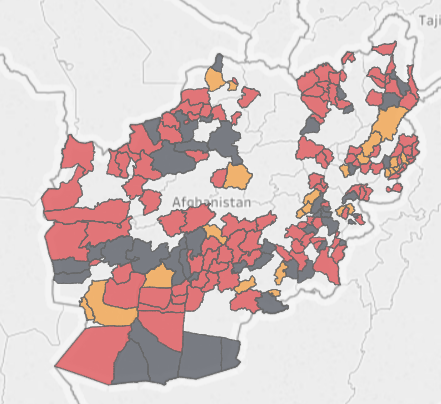
The Afghan military continues to struggle to hold onto districts in remote areas of the country. The fall of Ghormach was all but certain after the Taliban overran a large base in the district on Aug. 11 and killed and captured nearly 100 Afghan soldiers.
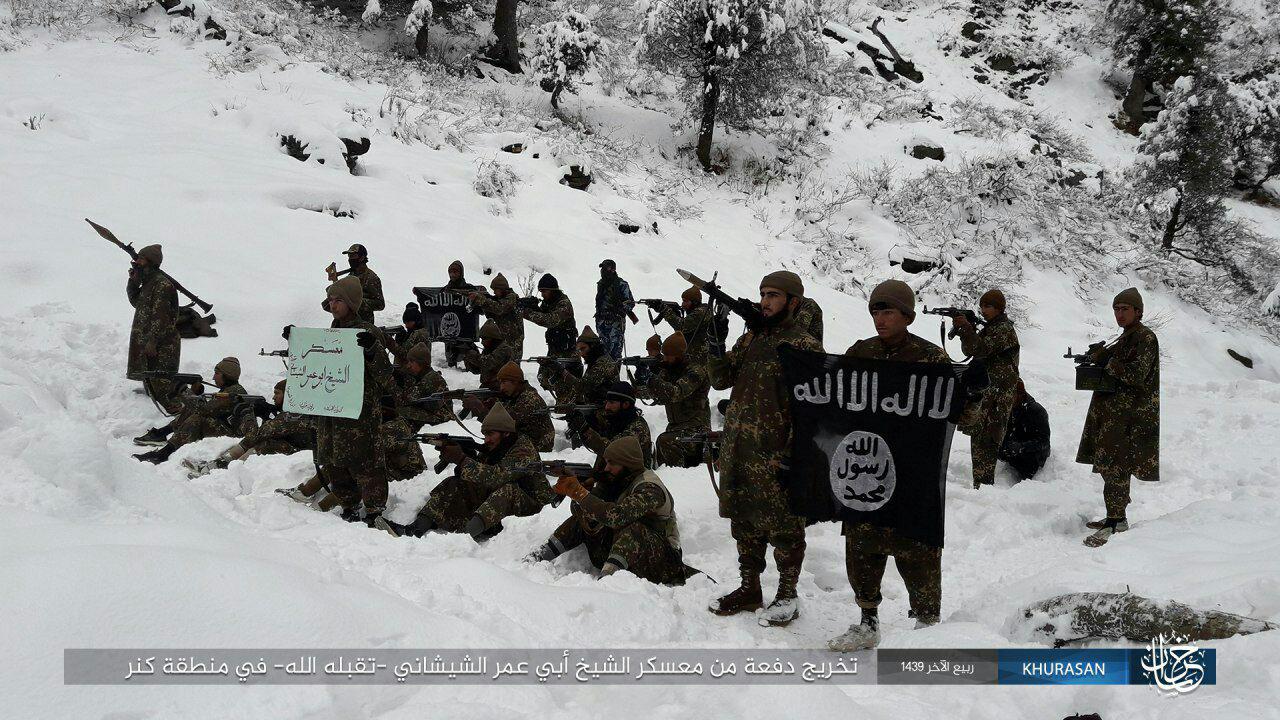
Bajauri’s death is likely to be touted as a strategic blow to Khorasan province. However, the US military has killed the three previous leaders in the span of 25 months, and yet the group has expanded its operations.
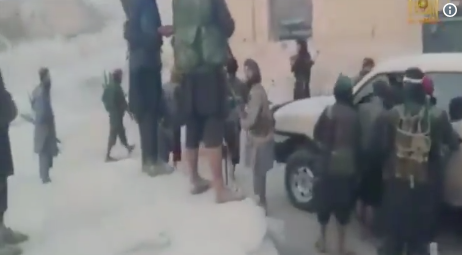
Like many other similar Taliban videos that show the aftermath of successful assaults on military bases and outposts, the Taliban fighters are seen walking throughout the base in broad daylight, without fear of being targeted by Afghan or Resolute Support aircraft.
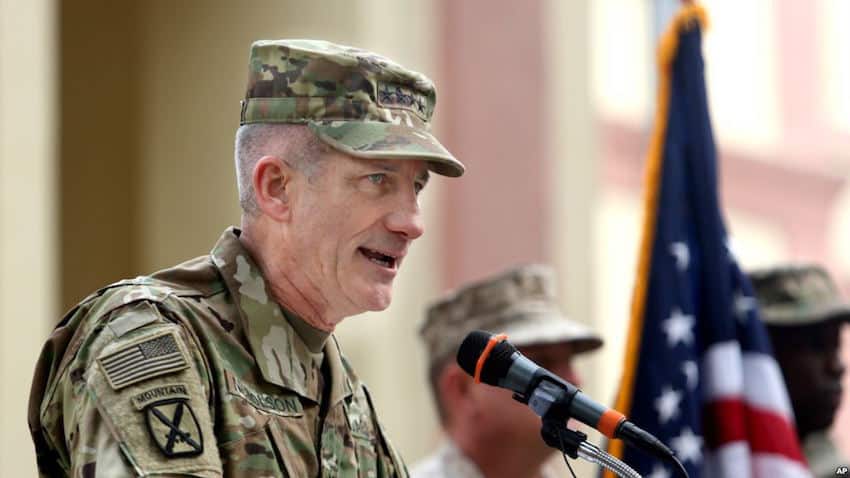
At a Pentagon press conference, General Nicholson again gave a Pollyannish assessment of the state of Afghanistan. He claimed the peace process is working and the Taliban’s offensive is failing, and took credit for a Taliban victory over the Islamic State.

The death of Ibrahim al Asiri, one of the most dangerous and wanted men in the world, has yet to be confirmed. If he is confirmed to have been killed, his death will likely have minimal impact on AQAP as he has shared his expertise for well over a decade.

The fall of the northern district of Bilchiragh in Faryab province, is part of a disturbing pattern of Afghan forces being surrounded by the Taliban and then either overwhelmed or forced to surrender.
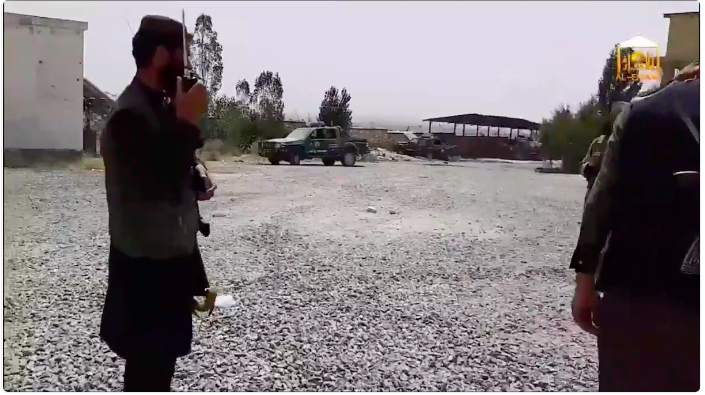
In what has become an all too familiar scene in Afghanistan, Taliban fighters celebrated their victory and looted a district center in broad daylight, without fear of reprisal.
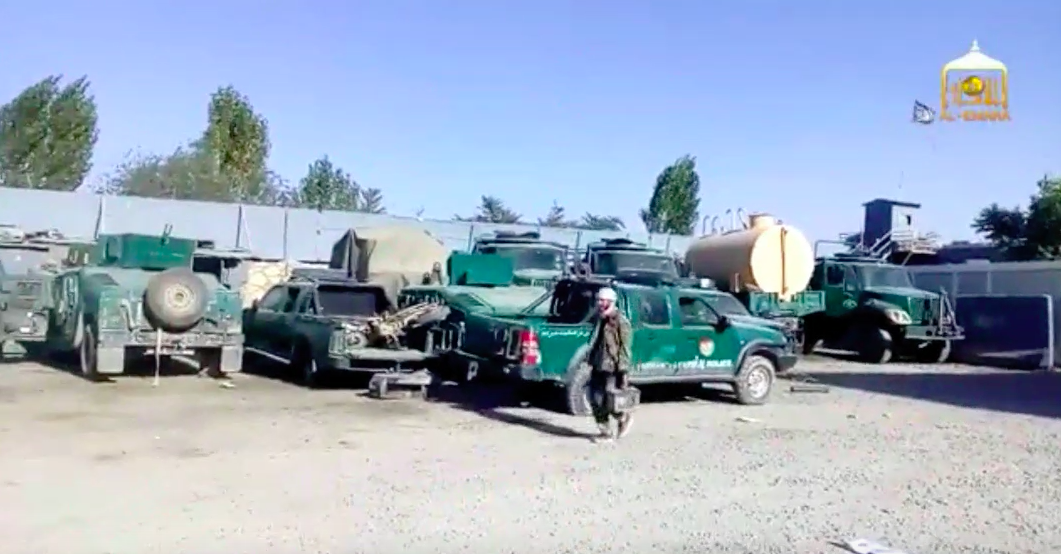
The Taliban occupied a police station in Ghazni City and looted the facility even as Resolute Support claimed the entire city was under Afghan government control.
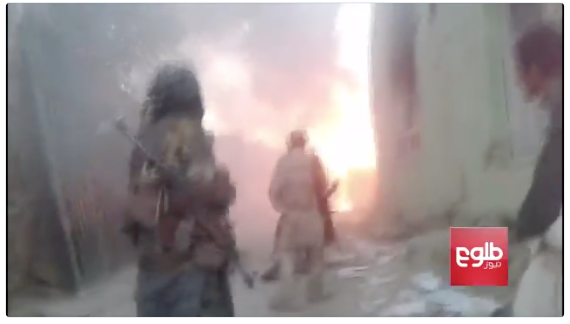
The Taliban never slowed in launching numerous attacks across the country even as it committed significant resources to the fight in Ghazni.
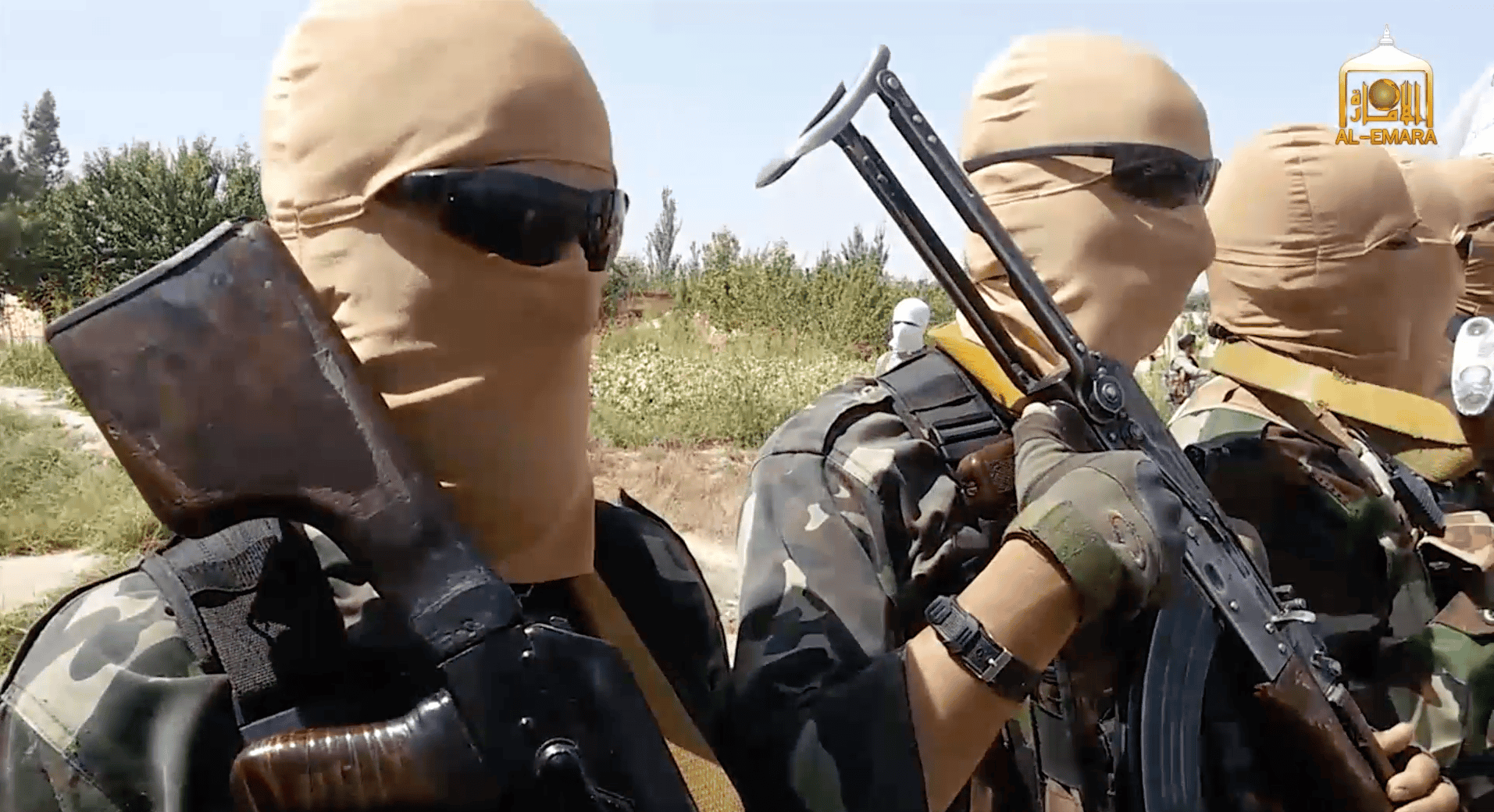
Forty-three soldiers were killed and 17 more were captured in the fighting that led up to the surrender. The Taliban is routinely outmatching Afghan forces in battles in remote districts.

Meanwhile, Resolute Support continues its claim Ghazni City is under Afghan control and uses Taliban body counts as a measure of success.

The current fighting in and around Ghazni City indicates that the Taliban has a detailed plan to tie up Afghan forces while attempting to seize the provincial capital. Additionally, the Taliban was able to mass its forces undetected; the Afghan military was clearly caught off guard and is struggling to get into the fight four days after the Taliban launched its attack.

Between 40 and 100 Afghan Army Commandos are reported to have been killed as the Taliban overran Ajristan district in Ghazni province. As the Taliban overran Ajristan, battled for control of Ghazni City, and cut off the Kabul-Kandahar highway, it has demonstrated that it is able to effectively hit multiple locations at the same time.